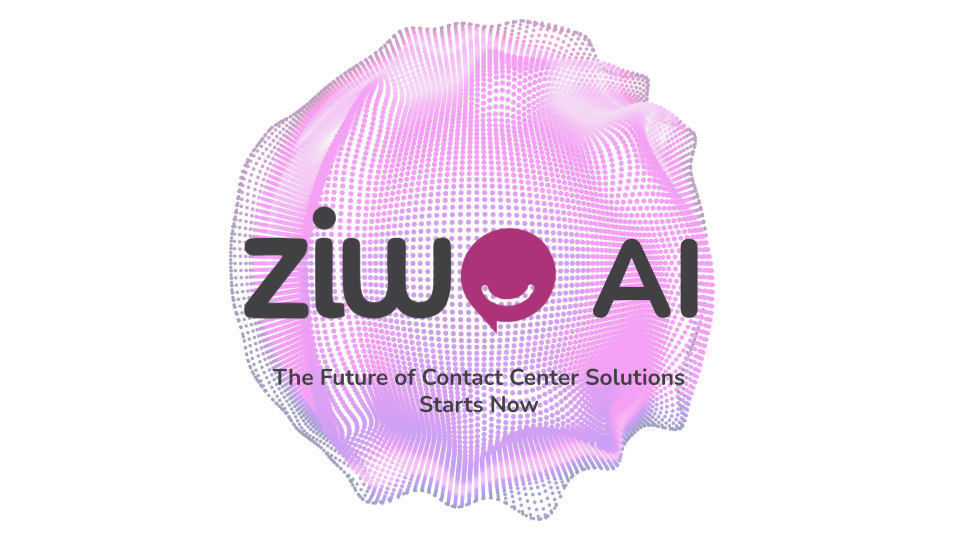نشرت على Feb 13, 2023
Using Design Thinking Methods To Improve CX
Design thinking encompasses both an approach & a philosophy centered on addressing complicated issues for an exceptional customer experience
What is Design Thinking Method and How it can Improve CX?
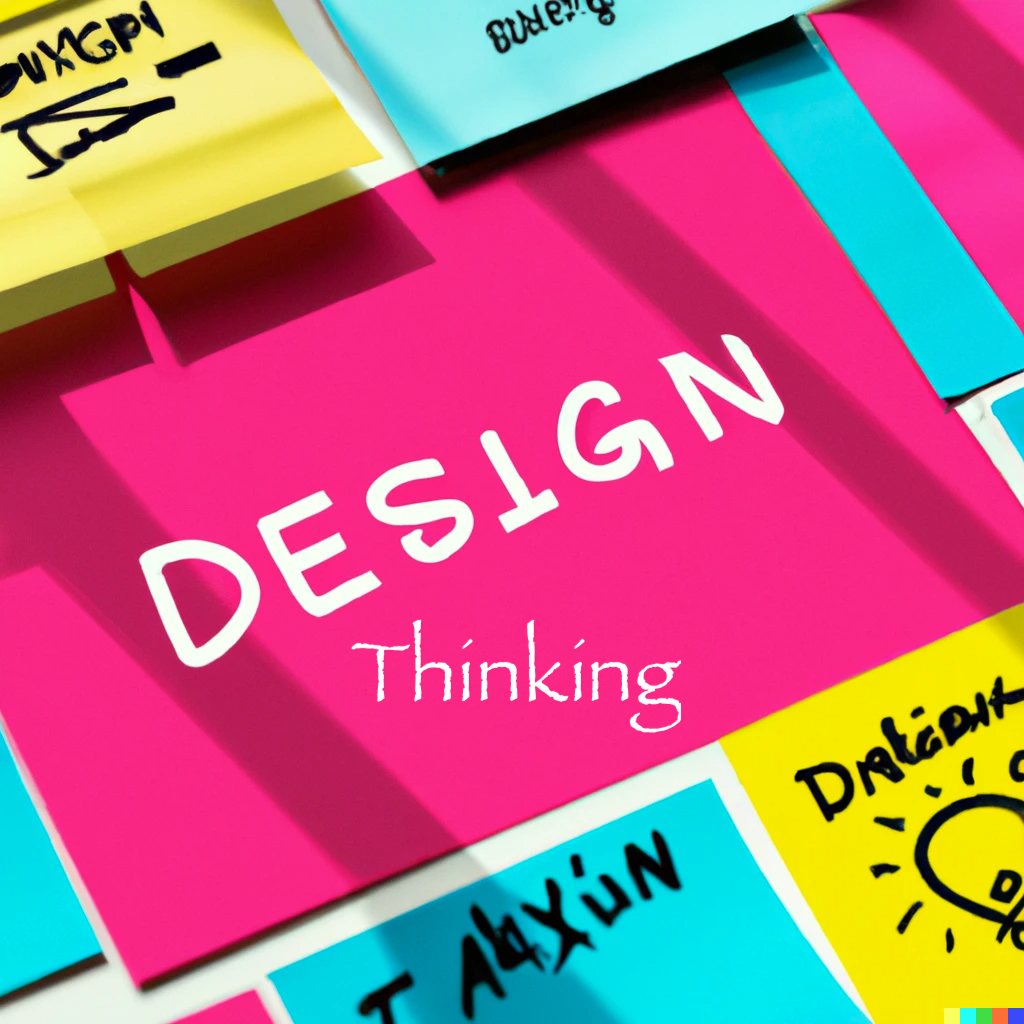
Design thinking is a problem-solving approach that involves empathizing with users, defining their needs, ideating solutions, prototyping, and testing. Design thinking, an approach that centers around the end-user and their needs and desires, is gaining popularity as a way to enhance customer experience. Using design thinking as a tool, companies can enhance customer experience by creating products, services, and experiences that are tailored to meet their specific needs. This approach emphasizes a human-centered approach that focuses on understanding the end-user, and it is becoming increasingly popular among businesses seeking to improve customer satisfaction.
Design thinking is a powerful tool for understanding customer needs because it encourages a deep understanding of the customer through empathy. Empathy is the ability to understand and share the feelings of others, and it is a critical component of design thinking. By understanding customers, companies can gain a deeper knowledge of their pain points, their goals, and their needs.
How Can Design Thinking Method Improve CX?
Once a company has a deep understanding of the customer, it can move on to the next stage of design thinking:
Defining The Problem
This stage involves taking the information gathered from empathy and distilling it into a clear problem statement. This statement should be specific, measurable, attainable, relevant, and time-bound. It should also be written from the customer’s point of view. For example, a problem statement might be “customers are having difficulty finding the right product on our website.”
The Stage of Ideation
Once the problem has been defined, the next step is to generate ideas for solutions. This is the stage of ideation, and it is an important part of design thinking. Companies should encourage creativity and open-mindedness during this stage, and they should be willing to consider a wide range of ideas. This stage should be a collaborative process, involving a diverse group of people from different departments, who will bring different perspectives and expertise to the table.
Prototyping
On the other hand, once a company has a list of ideas for solutions, it is time to move on to the next stage of design thinking: prototyping. This stage involves creating a physical or digital representation of the solution, which can be tested and refined. Prototyping is an iterative process, and companies should be prepared to go through multiple rounds of prototyping before arriving at a final solution. The goal of this stage is to create a solution that is both functional and user-friendly.
The Final Stage: Testing
The final stage of design thinking is testing. This stage involves getting feedback from real users on the solution that has been created. This feedback is crucial for refining the solution and making sure it truly meets the needs of the customer. Companies should be prepared to make changes to the solution based on the feedback they receive.

In conclusion, design thinking is a powerful tool for improvement. It’s an iterative process, and companies should be prepared to go through multiple rounds of prototyping and testing before arriving at a final solution. It requires a willingness to experiment and to be open to feedback and change. This can be challenging for some companies, especially those that are more risk-averse. However, by embracing the principles of design thinking, companies can create products, services, and experiences that truly meet the needs of their customers, which will ultimately lead to increased customer satisfaction and loyalty.
At Ziwo, we understand the importance of putting the customer at the forefront of everything we do. That’s why we integrate design thinking into our approach to problem-solving and decision-making. This allows us to take a user-centered approach to find solutions and creating new products and services. By constantly considering the needs and wants of the customer, we are able to create more value for both our business and our clients, leading to a better overall customer experience. At Ziwo, we believe that design thinking is a crucial part of our success and we continue to use it to drive innovation and improvement in the customer engagement realm.
Related Topics:
>
>
Konvexe: How ZIWO Software Delivers a Genuine Added Value To Companies & Customers.
>
>
قراءات
أحدث الأخبار
مقابلات، نصائح، دليل، أفضل الممارسات في الصناعة، وأخبار
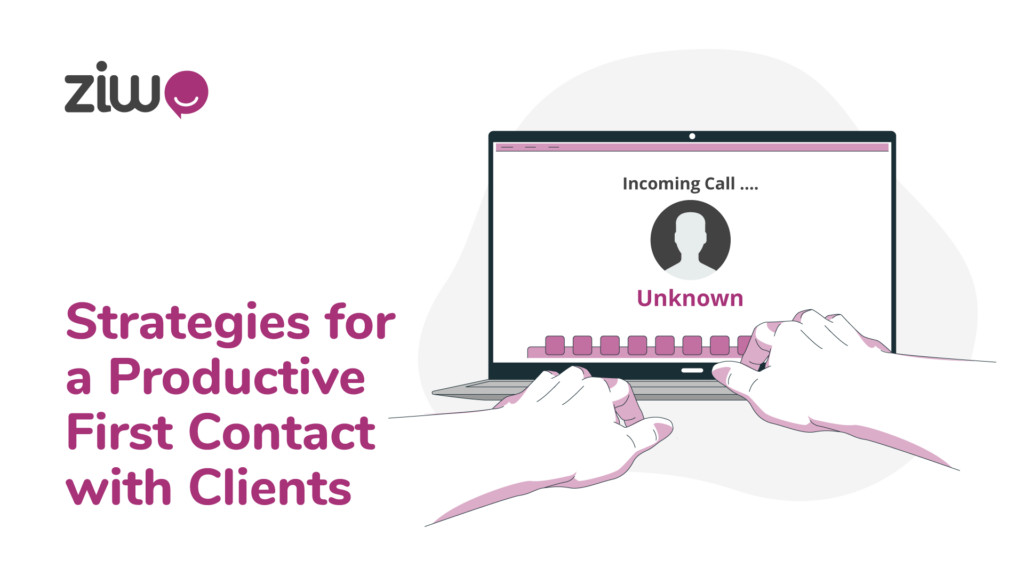
Strategies for a Productive First Contact with Clients
Take time to focus on the First Contact with Clients, so you can adjust the customer experience (CX) strategy to provide the best service.
اقرا المزيد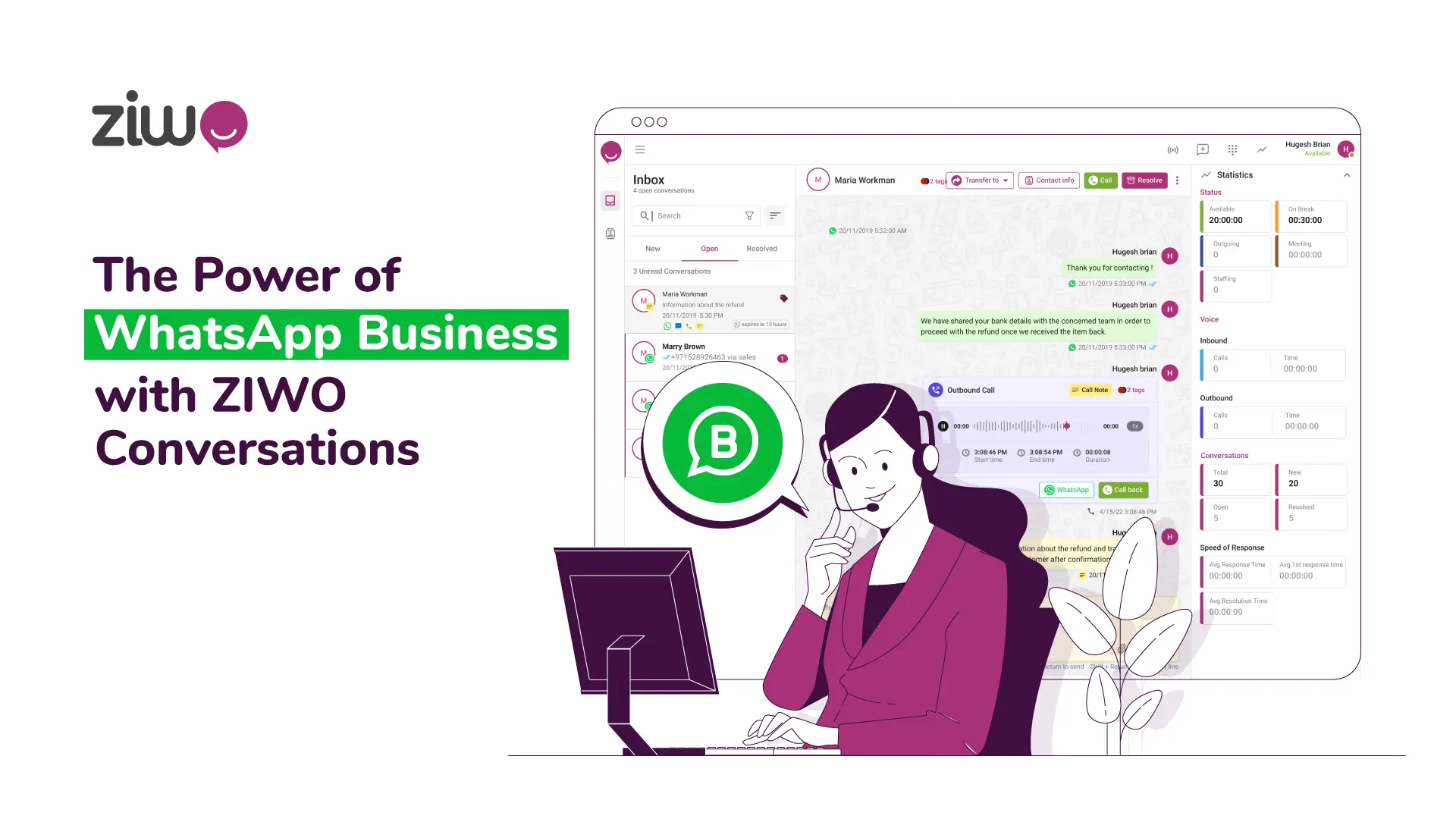
The Power of WhatsApp Business with ZIWO Conversations
ZIWO Conversations is recognized as the premier WhatsApp Business Companion, elevating both customer experiences and team collaboration to a higher standard.
اقرا المزيد
Pause and Resume Call Recording – Benefits & Industries
agents can manually pause and resume call recordings, Once an administrator has enabled the feature, agents will see a button on the dialpad
اقرا المزيد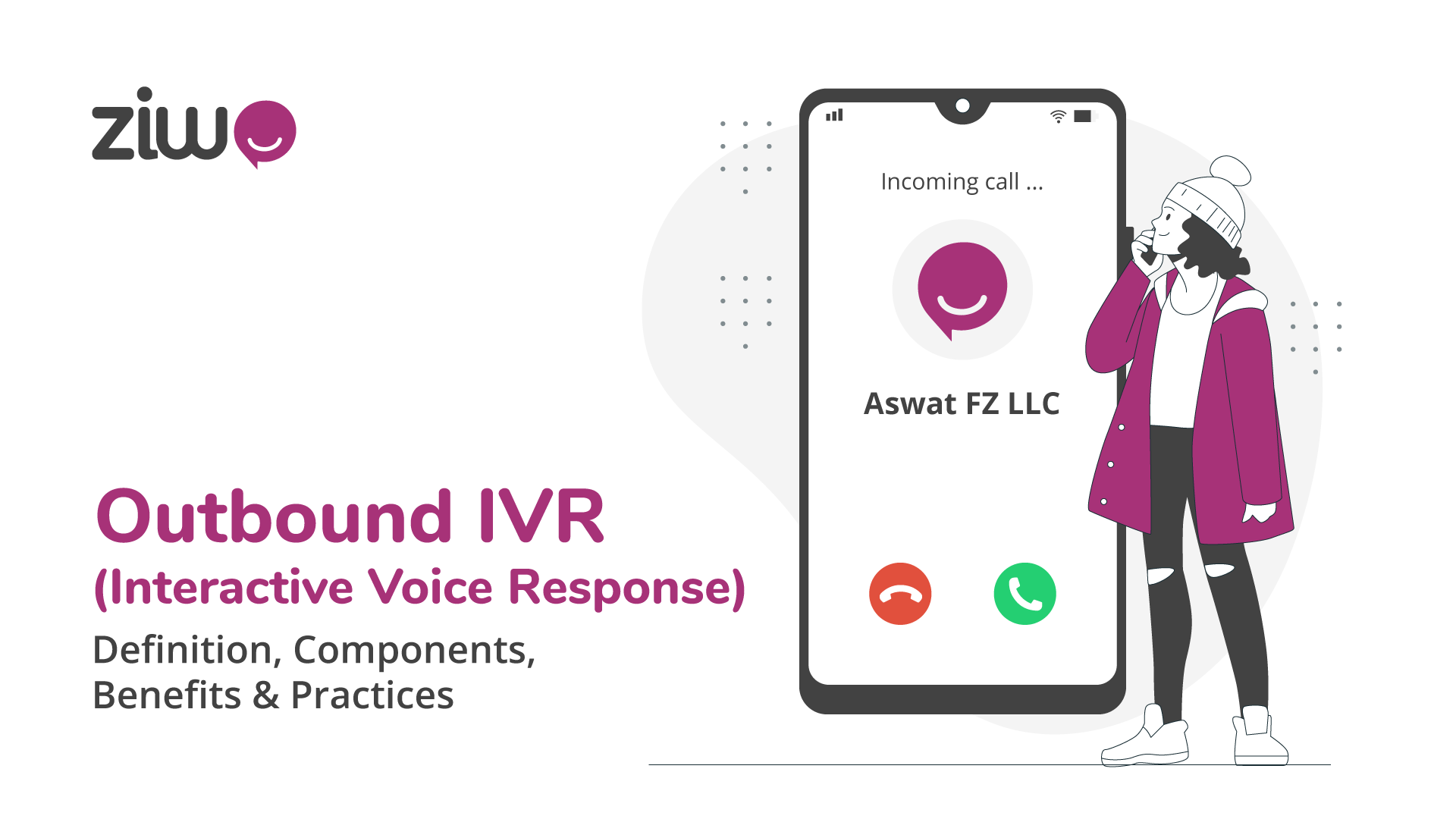
Outbound IVR (Interactive Voice Response) – Definition, Components, Benefits & Practices
Outbound IVR feature is a contact center tool that is used to proactively distribute communications to customers with a predefined IVR menu.
اقرا المزيد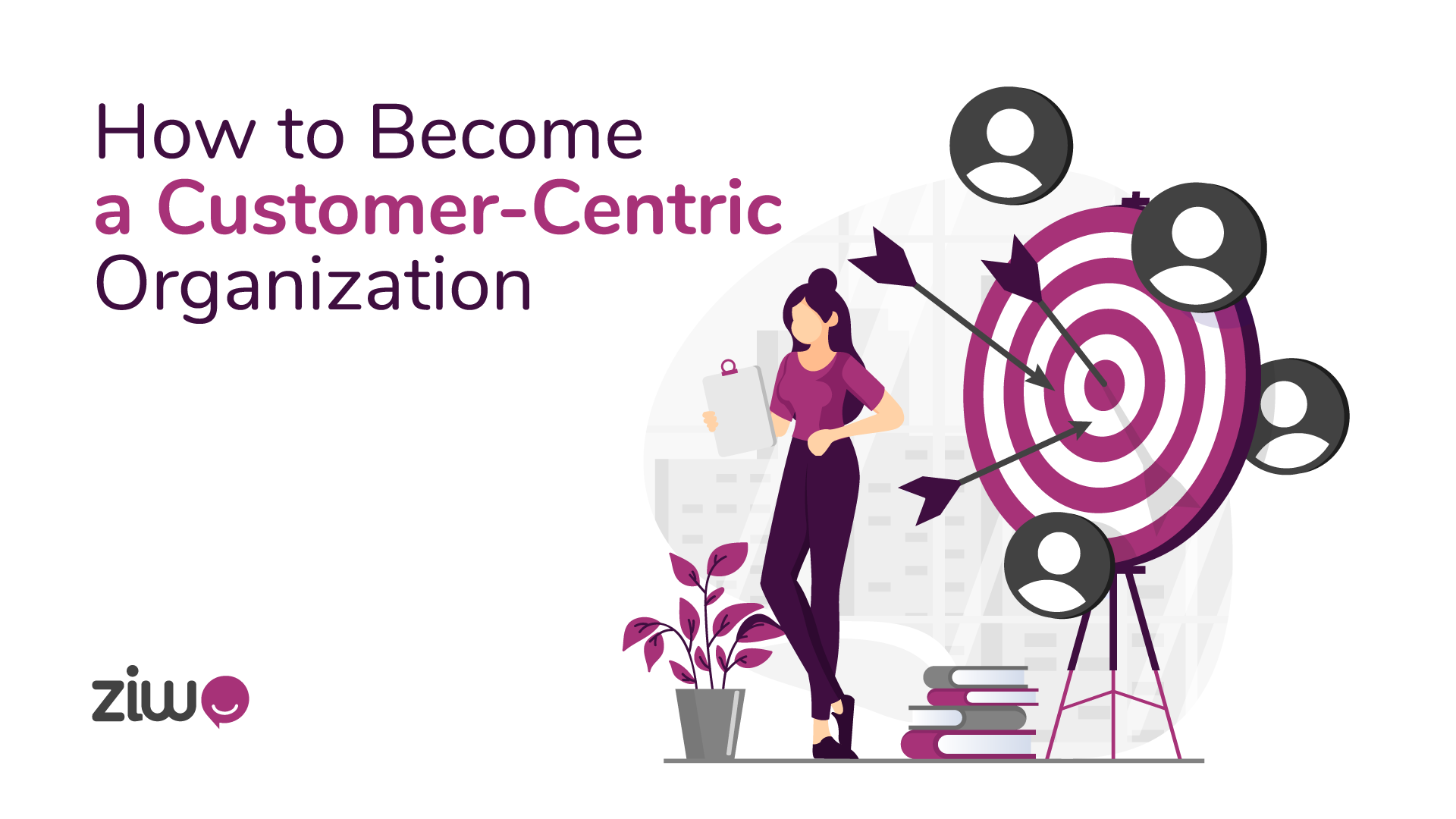
How to Become a Customer-Centric Organization
Ways to Build a customer-centric culture in your company, customer-centricity needs to be part of your philosophy, values, and mission daily.
اقرا المزيد
Multilingual Contact Centers: Bridging Language Gaps
Discover how multilingual contact centers overcome language barriers to deliver outstanding assistance, thereby elevating customer experience
اقرا المزيد



